Email marketing can be a polarizing marketing tactic—and most tend to dismiss it.
Here are some real-world examples of questions we’ve fielded from our clients:
“But it’s 2023, does email marketing really matter?”
“Well, my product isn’t sold online, so email marketing isn’t worth my/our time.”
“I use a junk email address I never even look at – no one reads those anyway!”
“Isn’t email marketing dead?”
These are all real things we’ve heard time and time again – so are they true? Absolutely not.
In fact, as time goes on, email marketing only becomes MORE relevant and important to any brand’s portfolio. Privacy laws and regulations remain hot button issues for consumers and politicians alike, and they’re leaving marketers unsure if they will be able to continue targeting their audiences effectively. But fret not, for email marketing remains a beacon of data-filled light in an otherwise cloudy landscape.
The Value of Email Marketing
First Party Data
If you’re unfamiliar with this term, this is data about your brand’s consumers that is collected with consent and owned by your brand. This blog won’t go into the details of the various data collection types, best practices, etc.—there are a ton of great resources out there to help you, like this blog from HubSpot. The short of the long: by collecting and housing your consumers’ data directly, you’re far less likely to end up in a situation where all of this vital information is no longer available to you.
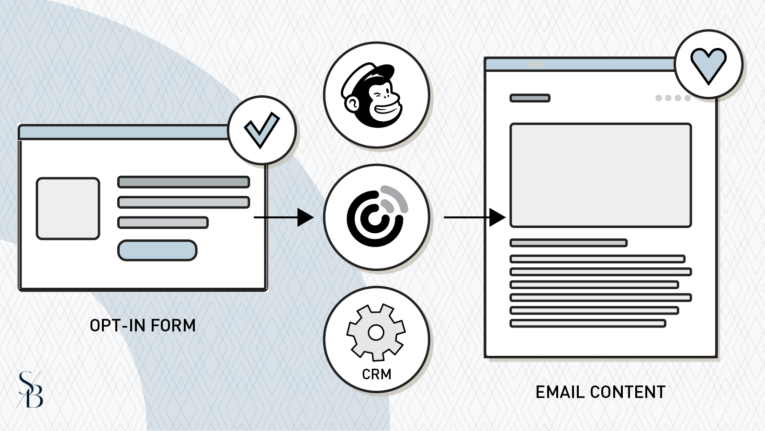
One of the easiest, most widely accessible ways to start building out your first party data is by using email marketing platform (MailChimp, Constant Contact, etc.) and encouraging your customers to opt in to receiving emails from you. These platforms, or CRMs (Customer Relationship Management systems), vary widely in scalability depending on your brand’s unique needs. Some offer free plans that allow basic email sends and scale incrementally based on the size of your contact list and desired features. Others are quite robust (and much more expensive) with complex integrations and automation abilities that manage entire sales and nurture cycles.
Direct Connections
This one might feel a little obvious, but building a list of contacts gives you a direct line to the most valuable people in the world as far as data goes: the people who have actively decided they are interested enough in your brand to let you into their inboxes. Whether they are customers or prospects, the fact that they made that decision should pique your interest in their opinions and behaviors.
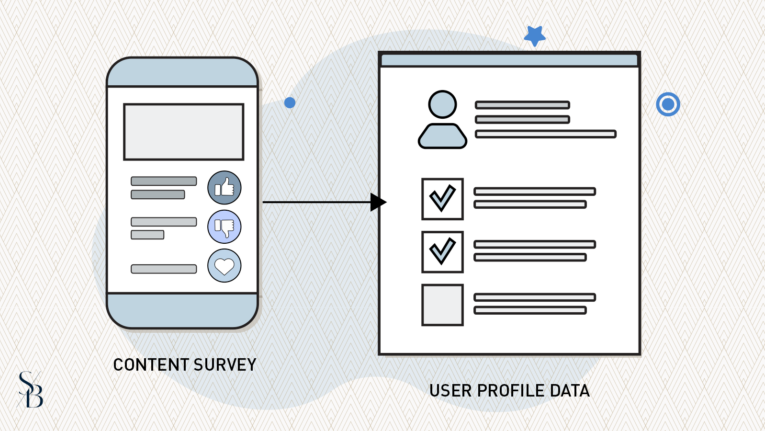
Not only can you gain valuable insights from the ways in which they interact with your emails (think: open rates, click-through rates, what links are being clicked most, etc.), but you can also tap them directly to gather specific datapoints by sending surveys. (Fun fact: these kinds of surveys toe the line of what is now being called “Zero Party Data,” though we’ll let Morning Brew explain that one.) In most cases, these can be built natively within your platform of choice, and when someone completes the survey, all of the information is applied automatically to their profile. It's a fabulous tool to have in your arsenal, though use it with caution. Don’t ask too much of your customer. Take your marketing hat off for a moment and consider being on the receiving end of your communications. Is the survey too long, does it feel unnecessary, have you recently sent another survey?
The more you know about your audience, the more targeted and nuanced you can be in your communications, which will ultimately lead to success.
Valuable? Yes. Doable? Unsure.
Yes, first party data is important. But maybe you’re still wondering if email marketing is relevant to your brand.
No matter if you’re a B2C (business to consumer) brand, a B2B (business to business) brand or a nonprofit, whether selling a product directly online, selling a product through brick-and-mortar retail locations, selling a service or simply promoting the work being done by your brand, email marketing can absolutely serve as a valuable tool.
Ultimately, it all boils down to the quality of your content.
If you’re building an email for your brand and don’t full-heartedly agree with the following, rethink your strategy:
- This is useful information
- This is interesting to me as a consumer
The Cadence Conundrum
It’s easy to fall down the rabbit hole of this tactic and feel like in order to find success you have to be sending emails multiple times a day or week. That is simply not the case. Sure, best practices exist, but in the end your brand and its audience are unique, and only after continual testing and optimizations will you be able to find your sweet spot as far as cadence goes.
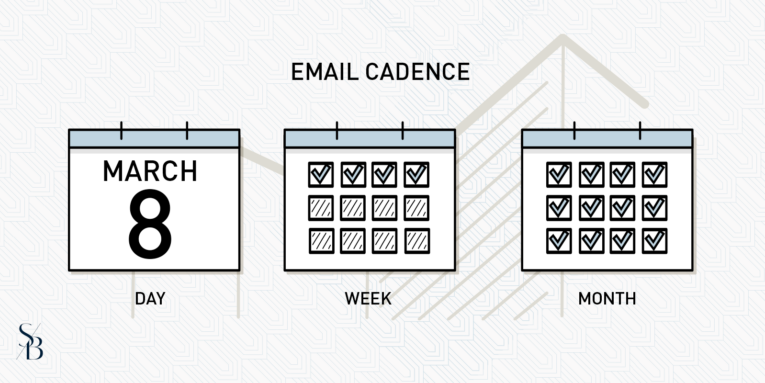
The Ongoing Content Struggle
If you’ve found yourself wondering if you could come up with enough quality content to fulfill an email marketing strategy, you wouldn’t be the first.
When considering content for your email marketing strategy, take a step back and look at this tactic as a whole. A great way to keep your eye on the prize and stay consistent in your communications is to build your strategy around content pillars or themes. Think big picture here. These pillars could be any number of things like thought leadership, recipes, how-to content, etc.
Success is Not One-Size-Fits-All
No matter your overall strategy, always ask yourself: what do you want the consumer to do? It doesn’t have to be sending someone to your website! You may want them to simply read the information and learn something. There is no ONE way to do this – just be sure to adjust your success metrics accordingly.
One metric that generally resonates across the board is open rate. No consumer is doing the thing you want them to do if they can’t even be troubled to open the email in the first place.
This is where the subject line (and preheader text) becomes the star of the show. This is important to keep in mind every time you send an email as this is oftentimes looked over and ignored as the key to success it truly is.
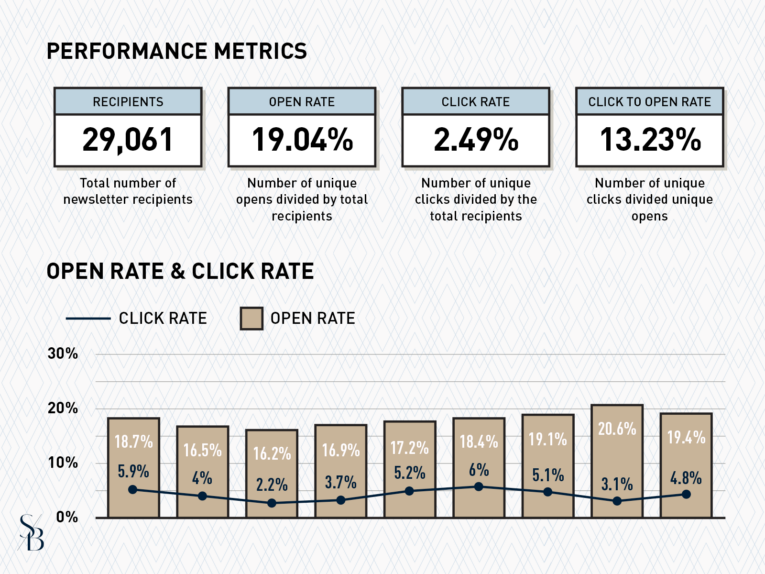
Put time, energy and thought into your subject lines – for example, at S/B we have seen a huge increase in open rates utilizing real data from other sources like Google Analytics (think: the recipe visited X times). Get really wild and try out an A/B test on your subject lines to see what resonates best with your audience – and don’t forget to take notes!
There can be a lot of data points from even just one email send – don’t let that overwhelm you. Start by focusing on a few specific points. Once you get the hang of it, you can start building on that repertoire with ease.
TL;DR
- Yes, email marketing is very likely a good fit for your brand
- First party data is vital - using a CRM to build your contact list is a great, easy way to start preparing for the ever-changing future of privacy
- At the end of the day, as long as your content is high-quality, the rest can be simple
Looking for More?
If you’re ready to board the email marketing train but don’t have the time, capacity, etc., to take it on, working with an agency is a great way to get it going. At S/B, we know your email marketing strategy will be most successful when fully integrated with the rest of your plans, objectives and strategies. Contact us today to start a conversation about how we can help move your business forward.
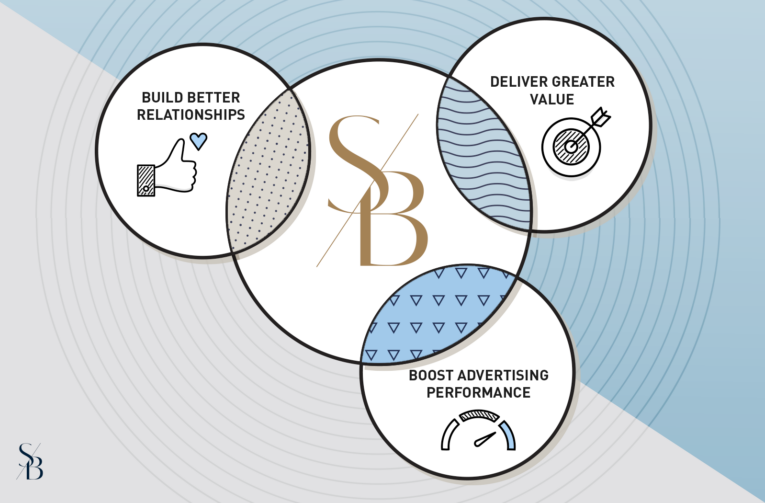
New to Email Marketing?
We’ve created a simple reference sheet with important specs as well as some tips and tricks to keep you going!
Subscribe to our newsletter
Want to know how S/B Strategic Marketing can move your business forward? Connect with us for a complimentary consultation.
In an effort to deliver an exquisite experience, this website uses cookies. To find out more see our Privacy Policy.